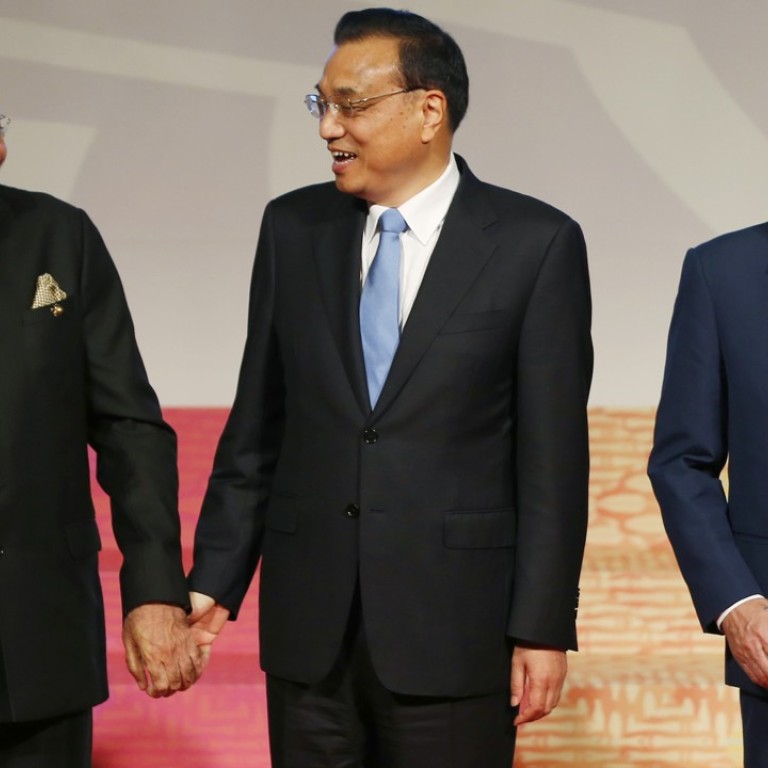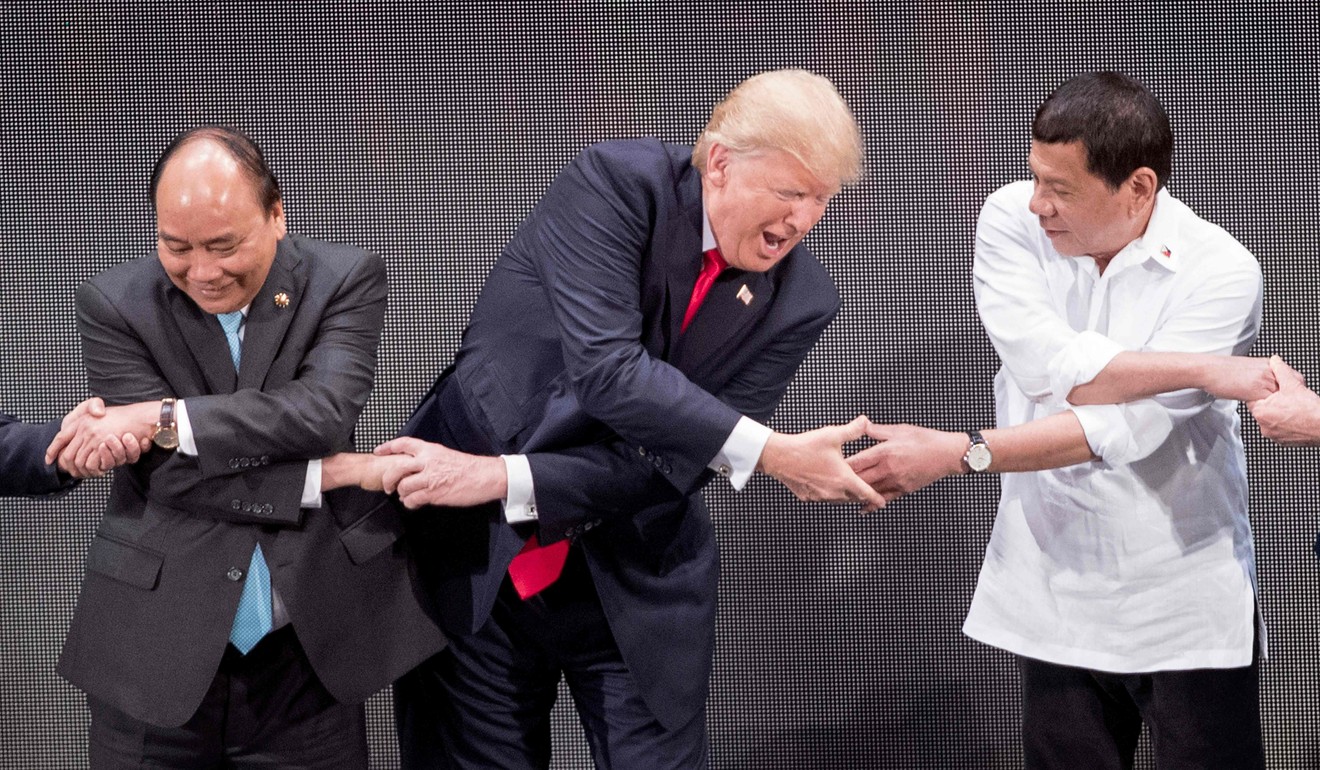Advertisement
Advertisement

India and Asean look to each other to balance against China’s rise
Swaran Singh says the presence of Asean leaders at India’s upcoming Republic Day celebration is the latest sign of the bloc’s ties to their giant neighbour, as both seek to counterbalance China while acknowledging Beijing’s regional importance
Asean’s 10 national leaders will be the chief guests at New Delhi’s Republic Day parade next week, showcasing India’s military and its culture.
Only twice in the past 65 years have India’s Republic Day celebrations hosted two foreign dignitaries, rather than one, as chief guests. So the presence of 10 Asean heads is expected to boost India’s acceptance across the region, and also the fledgling Indo-Pacific discourse. Its implications will be assessed in all major capitals, including Beijing.
Experts have often insinuated that containment of China has been the motive for India’s Look East, and now Act East, policies. Studies also allude to Asean engaging India since the early 1990s to obtain a counterweight to China’s rise. Both the Association of Southeast Asian Nations and India deny such motives and continue to expand partnerships with Beijing.
No doubt this period has seen an increasingly assertive China become a shared concern, yet neither India nor Asean will publicly address the dichotomy of their dependence on and discomfort with Beijing. Meanwhile, US President Donald Trump’s tweets generate scepticism in New Delhi about US interest in catapulting India onto the centre stage of the Indo-Pacific. In that light, 10 Asean heads in New Delhi may become a watershed, where Asians chose to take charge of Asian affairs, marginalising Washington.

Why Nepal can play a vital role in bringing India and China together
This explains the new focus on the Act East policy. In the past 44 months, Prime Minister Narendra Modi has travelled to nine out of the 10 Asean states. Modi announced India’s policy shift from Look East to Act East, with Asean as its core, during his debut at the 12th India-Asean summit in 2014. This shift implied widening and deepening India’s strategic partnerships with Asean, with maritime security, especially anti-piracy, taking priority. Pragmatism seems to increasingly define policy in all of these counties. That explains how both India and Asean have accepted China’s lead in building the Regional Comprehensive Economic Partnership. India understands its growing asymmetry with China.
Mutual respect key in South Asia push by China
At home, Modi’s “neighbourhood first” programme means the focus of his Act East policy is on immediate eastern neighbours. India hopes to boost its least-developed provinces in the northeast through this policy.
The birth of the Look East policy coincided with the expansion of Asean, which added Cambodia, Laos, Myanmar and Vietnam, bringing Asean’s borders to India’s northeast. This connectivity promises economic relief among enduring political turmoil, meaning the stakes are high for India, which must steer its ambitions carefully.
Swaran Singh is a professor in the School of International Studies, Jawaharlal Nehru University, New Delhi
This article appeared in the South China Morning Post print edition as: India, Asean growing closer

Post